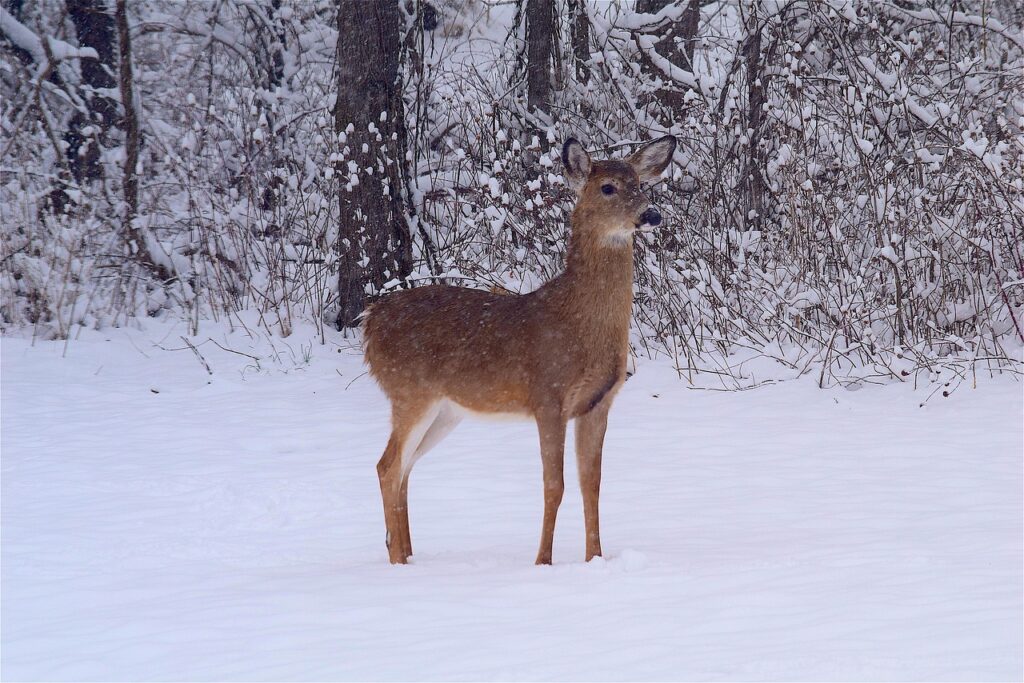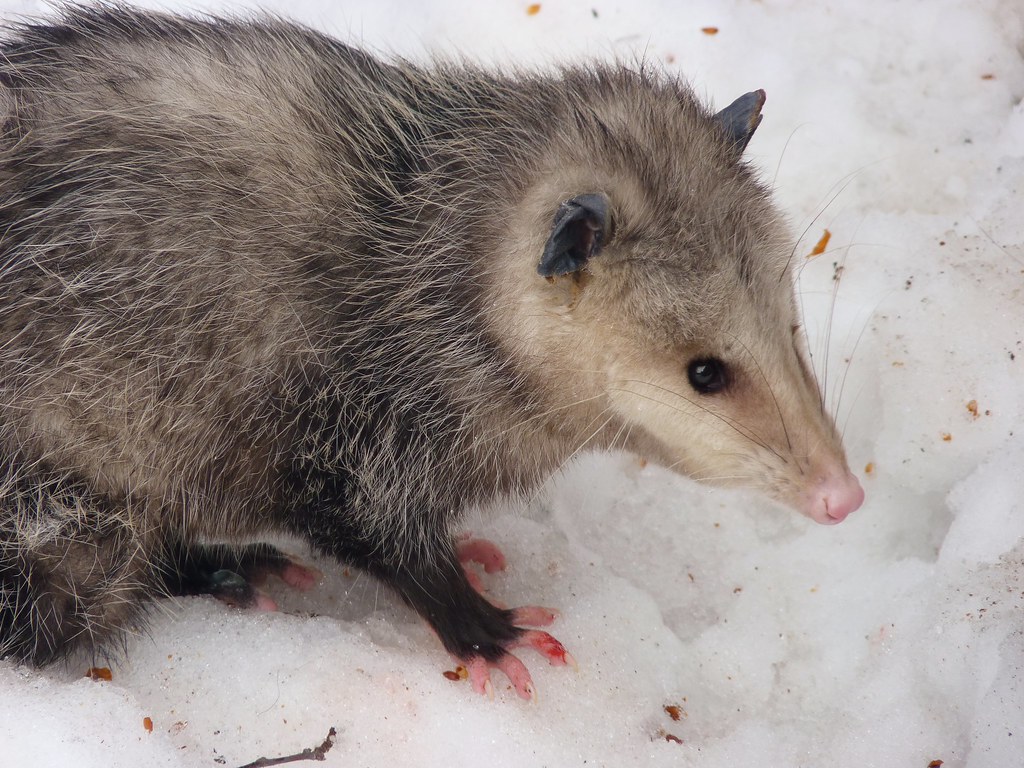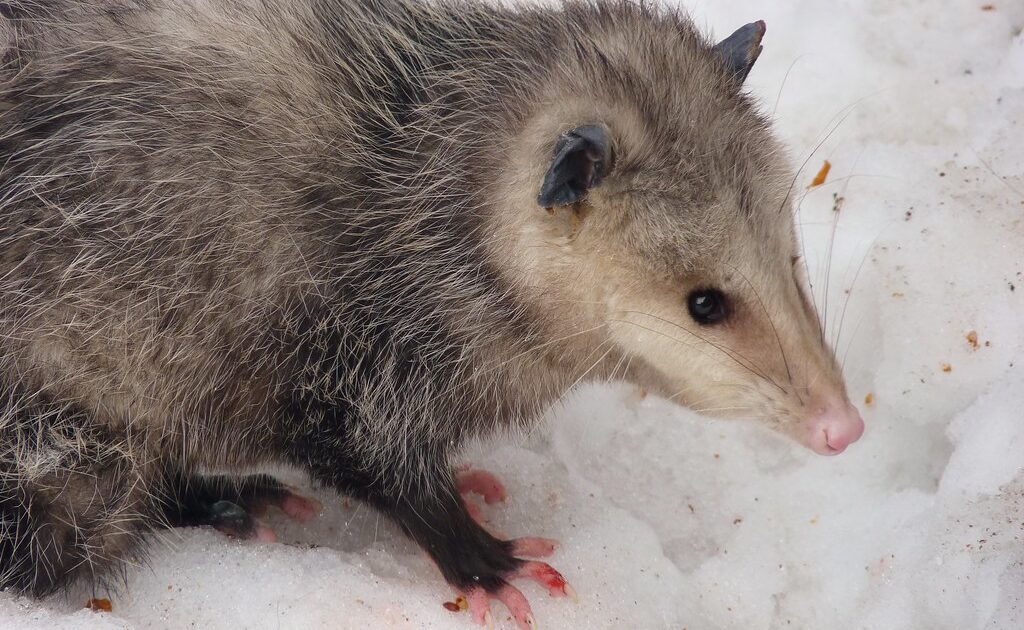Winters in Scarborough are especially cold and brutal. But some wildlife species still spend their time in the open during winter. As you cosy up in your heated home this winter you will no doubt wonder about these animals. Do they even feel the cold? Are they at risk of frostbite? Animal control experts in Scarborough can help to answer these and other wildlife-related questions while solving your wildlife-related issues this winter.
Wildlife Animals and the Challenge of Outdoor Life in the Winter
Wildlife animals that spend their time outdoors in the winter cannot avoid the frigid temperatures that come with the season. For animals that spend the winter outdoors, contact with the icy ground and falling snow are unavoidable. So how do they survive without suffering from things like hypothermia and frostbite? Well, some of these animals have a special secret hidden in their biological makeup.
Their Secret to Survival

Deer, for example, have a biological defense system that helps them when the cold sets in. Their arteries and veins are positioned strategically in a system called the countercurrent exchange to prevent the delivery of cold blood to their heart. In this system, the arteries and veins run alongside each other so that the warm blood pumped from the heart through the arteries warms the cold blood that is heading back to the heart through the veins. Since frostbite is actually tissue damage caused by the ceasing of the flow of blood, this is a tremendous help to the animals, especially in the winter because it ensures that blood flow continues.
Other mammals that have this winter-proofing internal system include; the arctic fox, squirrels, ducks, and sea mammals like whales and sea lions. This does not, however, mean that these animals do not feel the cold, or suffer when it gets extremely cold. It just means they have a higher threshold for bearing the frigid temperatures. In fact, some of these animals suffer the deadly consequences of exposure to cold.
How Winter Affects Other Wildlife
When winter comes around, the wildlife species in and around Scarborough feel its effects just like people do. They have their own version of the tingling sensation people feel when the atmosphere gets cold. For most of these animals, their bodies detect and respond to the falling temperatures. Some animals detect temperature drops sooner than others, depending on their biological systems. Many, especially the warm-blooded ones though, struggle to regulate this internal body temperature as the temperatures drop further. Other winter coping strategies include hibernating and going into torpor, used by bats and raccoons respectively. Both of these help to maintain steady internal body temperature.
Unlike deer and other animals gifted with the countercurrent exchange, many other wildlife citizens are extra vulnerable in the winter. This means they are unable to tolerate extreme cold and must seek warm places to ride out the winter or endure the pain of frostbite and hypothermia. Animals like opossums with hairless tails sometimes lose these essential body parts to frostbite. This is why they often find themselves inside people’s homes.
The Need for Expert Wildlife Control in the Winter
Scarborough residents must be on the lookout for wildlife species seeking refuge from the blistering cold of winter as these animals will sometimes head for their homes. In order to do this effectively, the best option is to hire a professional and humane animal control team. Because of the dangers that wildlife species face when they are outdoors during winter, special care must be taken to ensure that they are not left vulnerable when they are evicted from Scarborough homes.





